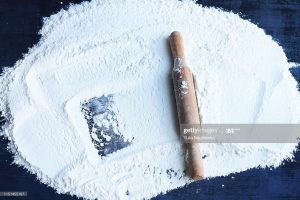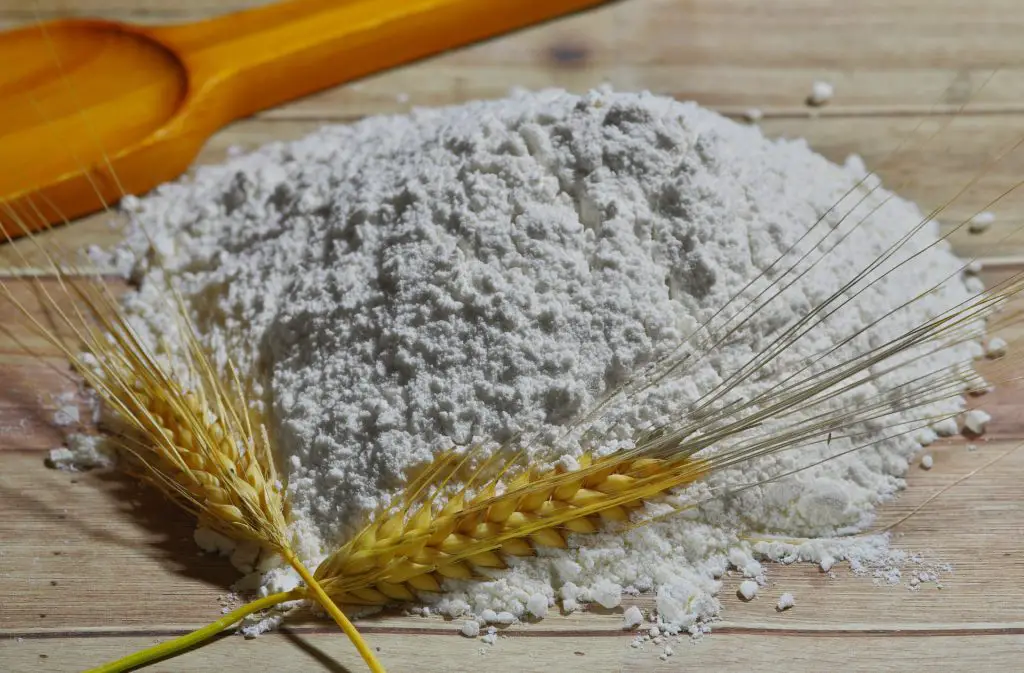Whether you’re a dedicated survivalist preparing for long-term scenarios or just someone living life day by day, we all share a fundamental need: we must eat.
Food and water are vital for survival. The survival rule of threes states that a person can survive only three days without water and three weeks without food. This fact is particularly crucial for survivalists who prepare for scenarios where access to food might be limited. Hence, many survivalists stockpile water and non-perishable food.
In addition to storing water and food, some survivalists build greenhouses to ensure a steady supply of fruits and vegetables. A common non-perishable food item among survivalists is Flour.
Flour, a basic yet versatile pantry staple, is essential for making various delicious foods such as cakes, bread, and snacks. Its versatility is why survivalists often store it in large quantities.
Common Mistakes in Storing Flour and Practicable Solutions to Avoid Spoilage
Store Flour in a Cold Place
Store flour in a cold environment to maintain its freshness. Flour, containing oils and natural compounds, remains stable in cool conditions. However, exposure to heat or humidity can cause the flour to become rancid, ruining the taste and odor of baked goods.
For long-term storage, place flour in a fridge or freezer. This environment inhibits bacterial growth and prevents rancidification. If fridge or freezer space is limited, store flour in your garage or another cool area of your home, below room temperature.
Before storing flour in a cool place, transfer it from its original paper packaging to an airtight container. This step is crucial to maintain the flour’s quality.
Storing Flour by Preventing Oxygen Exposure
Use Airtight Packaging for Flour
Oxygen exposure is a major factor in flour rancidification. Oxygen can react with elements, causing deterioration, as seen in rusted iron or browned apples. In flour, oxygen activates dormant yeast, mold, fungus, insect eggs, and bacteria, leading to spoilage.
To avoid this, store flour in an oxygen-free environment. Freeze or microwave flour before storing to kill any pre-existing insect eggs or bacteria. Suitable storage options include vacuum sealer containers, airtight containers, mason jars, containers with oxygen absorbers, and mylar bags. This approach ensures the flour remains fresh and free from unwanted organisms.
Learn how you can better store your food items HERE.
Store Flour Independently
Never store flour next to chemicals or other food items. Flour easily absorbs odors and flavors from its surroundings. If stored with items like meat, fish, pepper, or onions, especially in a freezer, your flour and baked goods will inherit these smells.
Storing flour near chemicals is far more hazardous, posing a risk of food poisoning. Always separate food from cleaning and other chemicals. Keep flour isolated to prevent any contamination.
Storing Flour in Darkness is Crucial
Avoid storing flour in lit environments. Light causes oxidation, leading to spoilage and rancidification. It can also warm the flour, creating a breeding ground for bacteria and fungus. If you use a freezer for storage, the darkness there is ideal.
If a fridge isn’t an option, store flour in airtight bags within food storage containers. Ensure these containers are in a cool, if not cold, location to avoid heat-induced spoilage.
Check out
| Best Martial Arts for Self-defense and Survival–Our Top Picks |
| How to Tell if Ice is Safe to Walk On: Important Guide |
| How To Use A SAM Splint: Common Techniques (with pictures)! |
Conclusion
Find the complete step-by-step survival guides on our website.



